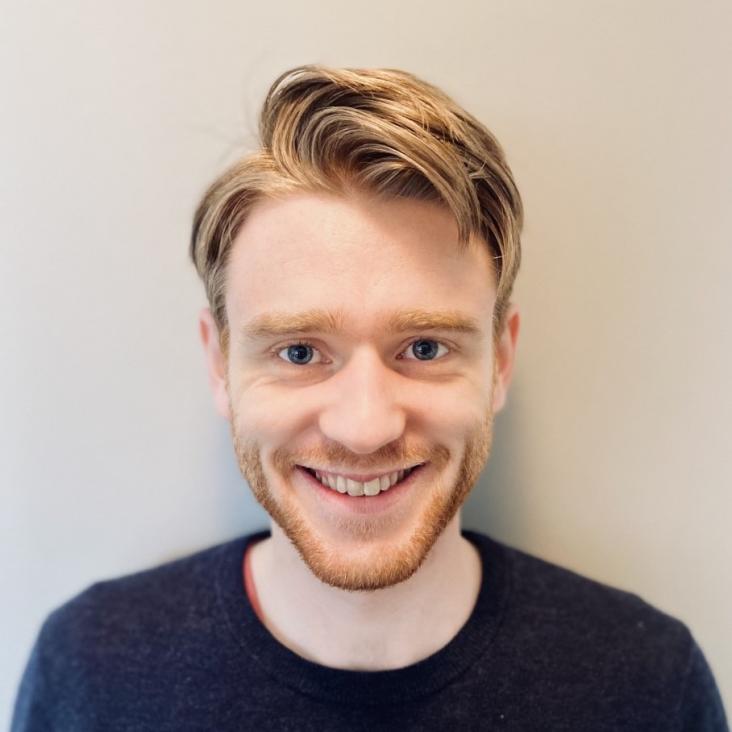Insensitivity of a turbulent laser-plasma dynamo to initial conditions
Matter and Radiation at Extremes AIP Publishing 7:4 (2022) 046901
Abstract:
It has recently been demonstrated experimentally that a turbulent plasma created by the collision of two inhomogeneous, asymmetric, weakly magnetized, laser-produced plasma jets can generate strong stochastic magnetic fields via the small-scale turbulent dynamo mechanism, provided the magnetic Reynolds number of the plasma is sufficiently large. In this paper, we compare such a plasma with one arising from two pre-magnetized plasma jets whose creation is identical save for the addition of a strong external magnetic field imposed by a pulsed magnetic field generator. We investigate the differences between the two turbulent systems using a Thomson-scattering diagnostic, x-ray self-emission imaging, and proton radiography. The Thomson-scattering spectra and x-ray images suggest that the external magnetic field has a limited effect on the plasma dynamics in the experiment. Although the external magnetic field induces collimation of the flows in the colliding plasma jets and although the initial strengths of the magnetic fields arising from the interaction between the colliding jets are significantly larger as a result of the external field, the energies and morphologies of the stochastic magnetic fields post-amplification are indistinguishable. We conclude that, for turbulent laser-plasmas with supercritical magnetic Reynolds numbers, the dynamo-amplified magnetic fields are determined by the turbulent dynamics rather than the seed fields or modest changes in the initial flow dynamics of the plasma, a finding consistent with theoretical expectations and simulations of turbulent dynamos.Insensitivity of a turbulent laser-plasma dynamo to initial conditions
(2022)
Adaptive Critical Balance and Firehose Instability in an Expanding, Turbulent, Collisionless Plasma
The Astrophysical Journal Letters American Astronomical Society 922:2 (2021) l35
Adaptive critical balance and firehose instability in an expanding, turbulent, collisionless plasma
(2021)
Strong suppression of heat conduction in a laboratory replica of galaxy-cluster turbulent plasmas
(2021)


